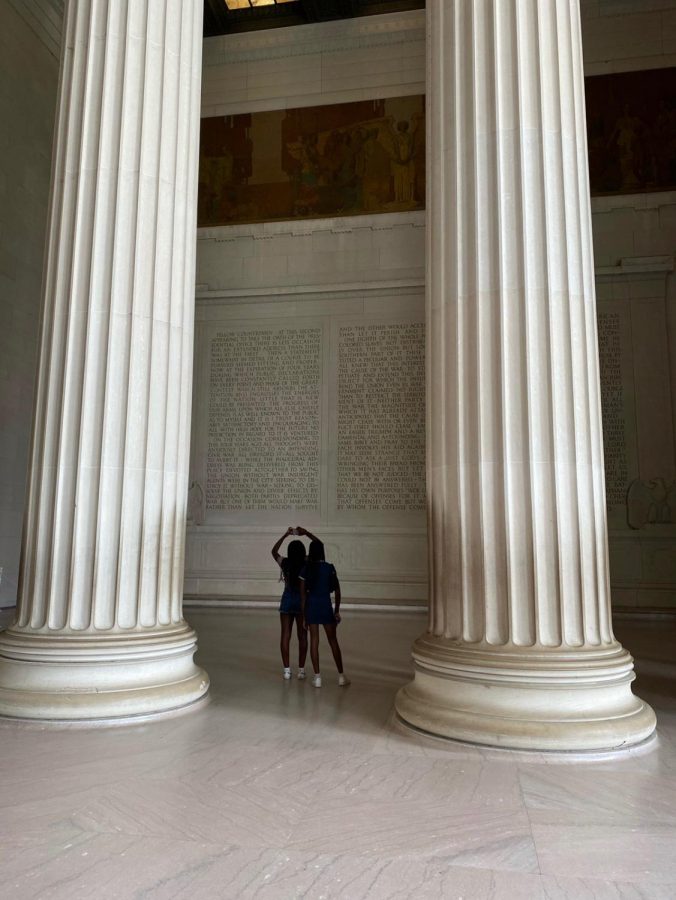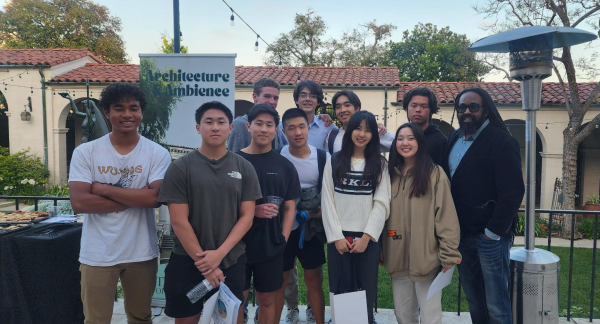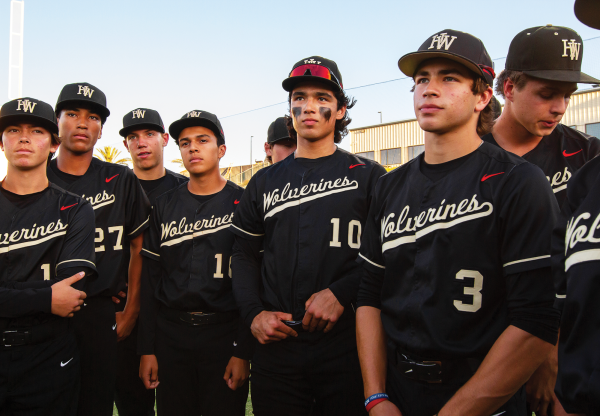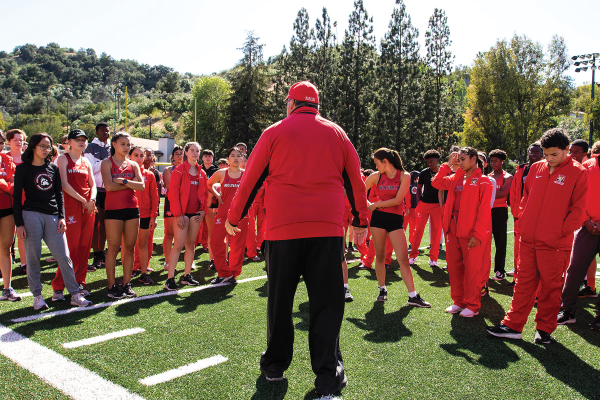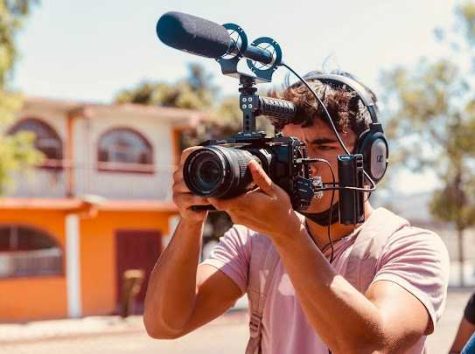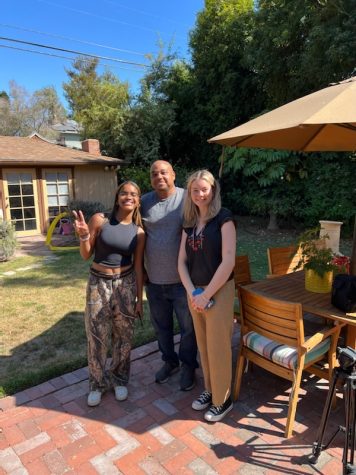Junior Fellowship: Ella Watkins and Olivia Sparks
Printed with Permission of Ella Watkins
Ella Watkins ’22 and Olivia Sparks ’22 gaze upward during their Junior Fellowship at the Lincoln Memorial in Washington D.C.
September 9, 2021
The Kutler Center Junior Fellowship Program selected Ella Watkins ’22 and Olivia Sparks ’22 for their project “Shades of Brown: A Visual & Written Portfolio Capturing the Black Experience in America during Quarantine.”
The Junior Summer Fellowship program gives students the opportunity to pursue an independent passion project in the summer between their junior and senior years. The fellowship encourages learning outside the classroom in an academic, artistic, athletic, cultural or creative way.
Watkins and Sparks traveled around the country to interview Black citizens of various backgrounds and document their experiences during the COVID-19pandemic and Black Lives Matter movement. They visited Washington, D.C., New York and Minnesota, spending five days in each city. Their trip culminated in the creation of an artistic book using Watkins’ photography and Sparks’ poetry.
Watkins said they were inspired by “The Sweet Flypaper of Life,” a poetry-photography book about Black family life in 1950s Harlem created by poet Langston Hughes and photographer Roy DeCarava.
“We thought, ‘what if we stuck with the theme of highlighting black voices, but we talked about the Black Lives Matter movement and said something really pertinent [to today’s] society?’” Watkins said. “Especially with the George Floyd shooting and [Black Lives Matter] becoming such a trend on social media, we wanted to interview different Black people and get their opinions and experiences that they’ve had during quarantine.”
Sparks said the title “Shades of Brown” came from the idea that the Black experience is a diverse one and that there is no singular way to categorize the community.
“We felt like [the title] described one of many ways Black people across the world—and especially in the U.S.—are diverse in terms of appearance but also in terms of ideology, identity and experience,” Sparks said.
In Harlem, N.Y, Watkins and Sparks interviewed Black police officers, listening to what it means to be a part of the Black community while working in law enforcement. Sparks said she learned a lot from the interviews and enjoyed seeing the community come together.
“We met a couple of officers at a park while they were holding a special event for kids who lived in the area,” Sparks said. “In the midst of interviewing them about the [Black Lives Matter] movement and having additional conversations about the state of the world, we were able to see a safe space created for children to be themselves and escape some of the hardships they might be facing.”
They then traveled to Minneapolis. Though Watkins and Sparks did not interview observers at George Floyd Square in Minneapolis, as they said they did not find it appropriate, , Watkins said their visit there was a memorable experience.
“They painted angel wings on the place where [former Minneapolis police officer Derek Chauvin] kneeled on [Floyd’s] neck,” Watkins said. “We broke down crying. We were just hugging and crying. When you’re actually there for yourself, in person, it’s a completely different experience [than] hearing about it on the news.”
Watkins said the experience of creating “Shades of Brown” was helpful in broadening both Sparks’s and her own horizons about what it means to be Black in America.
“Even just sitting down with someone for five minutes, you can learn so much about them,” Watkins said. “As a Black person, I learned so much about Black history visiting these places as well.”































